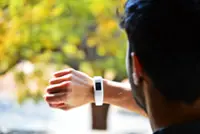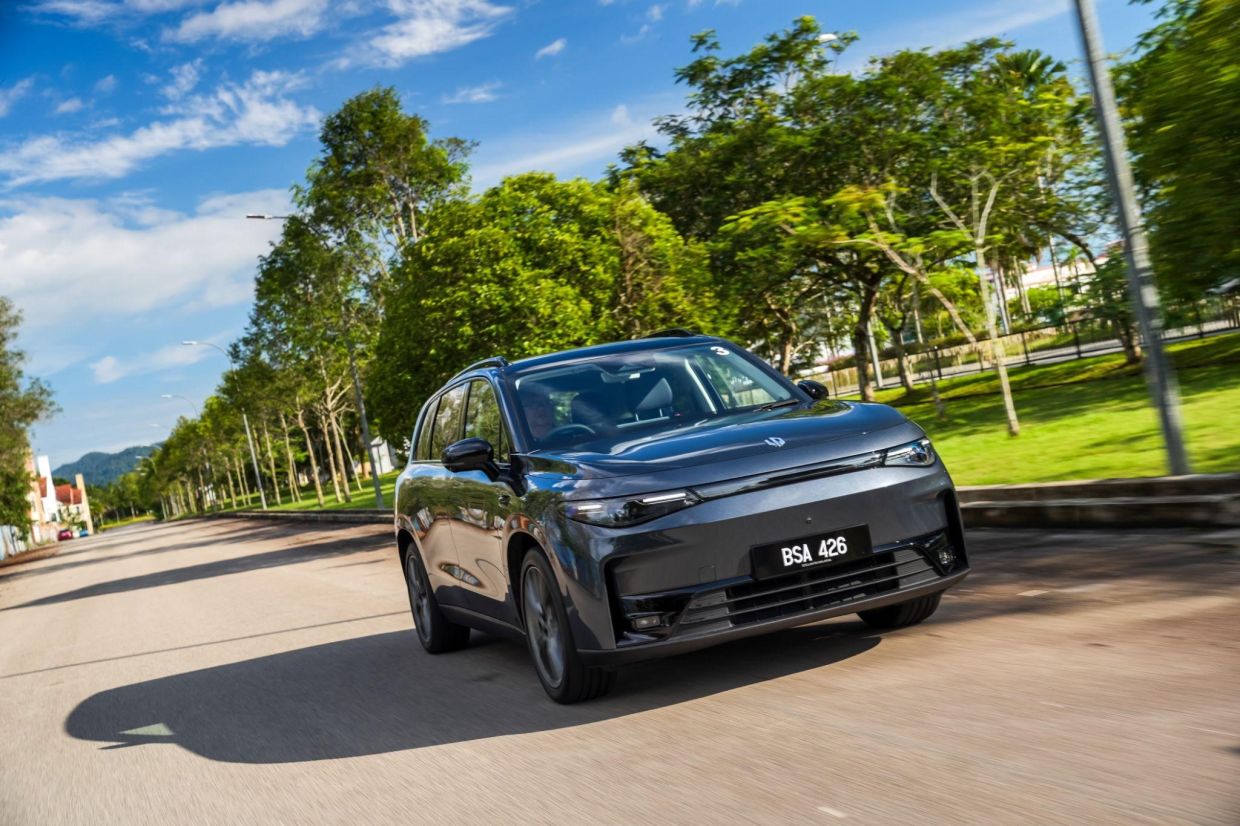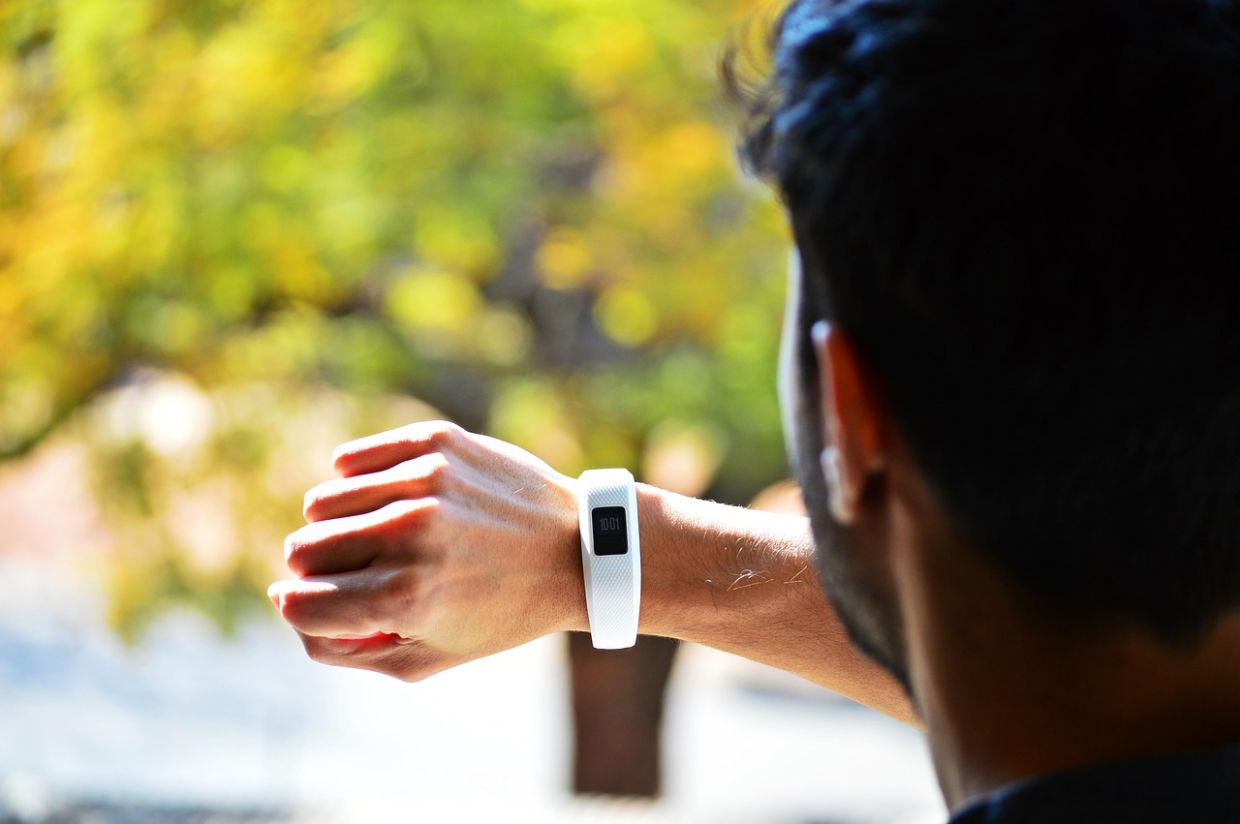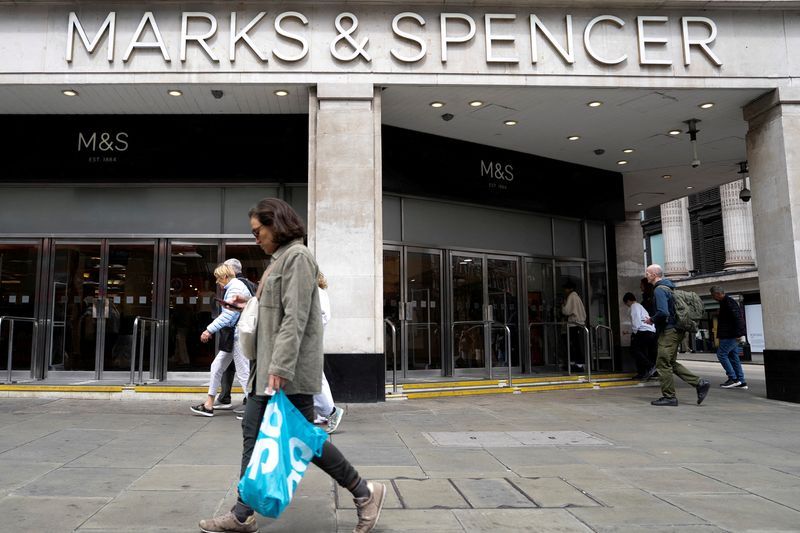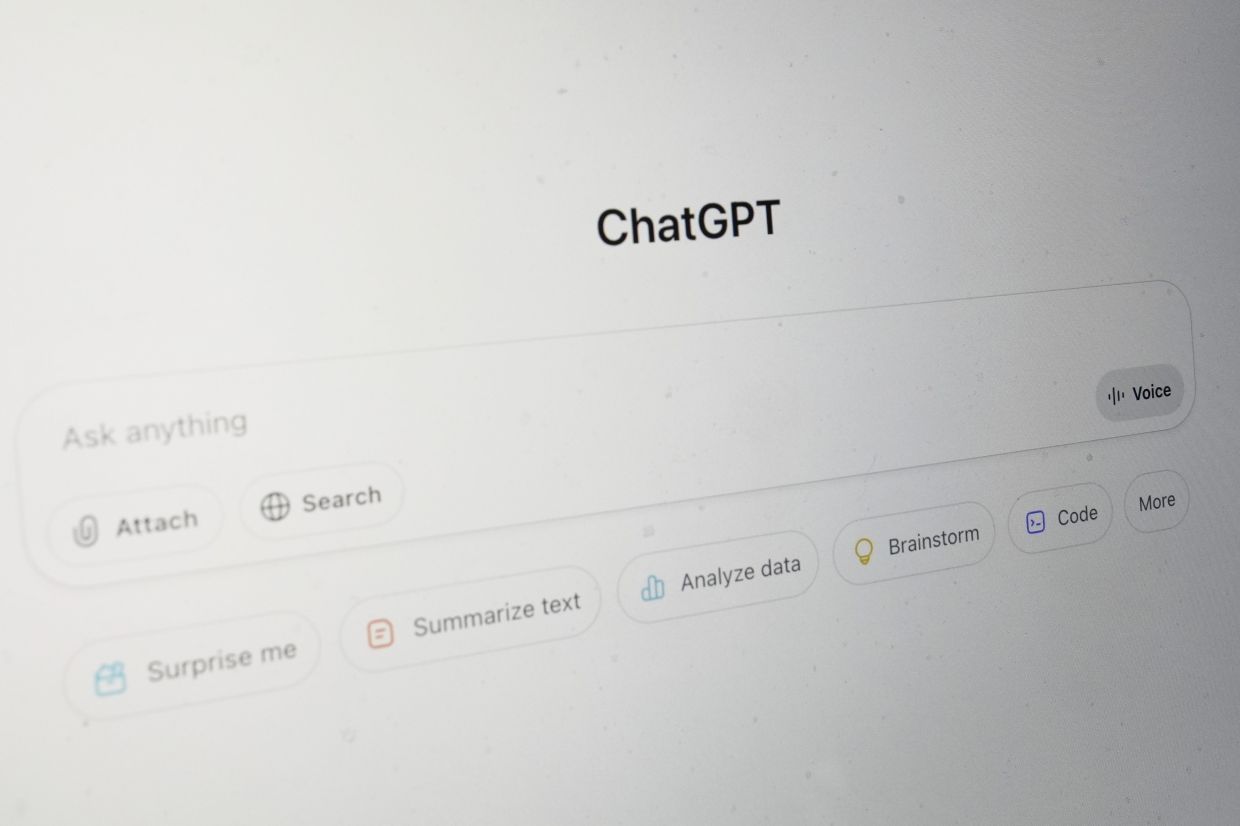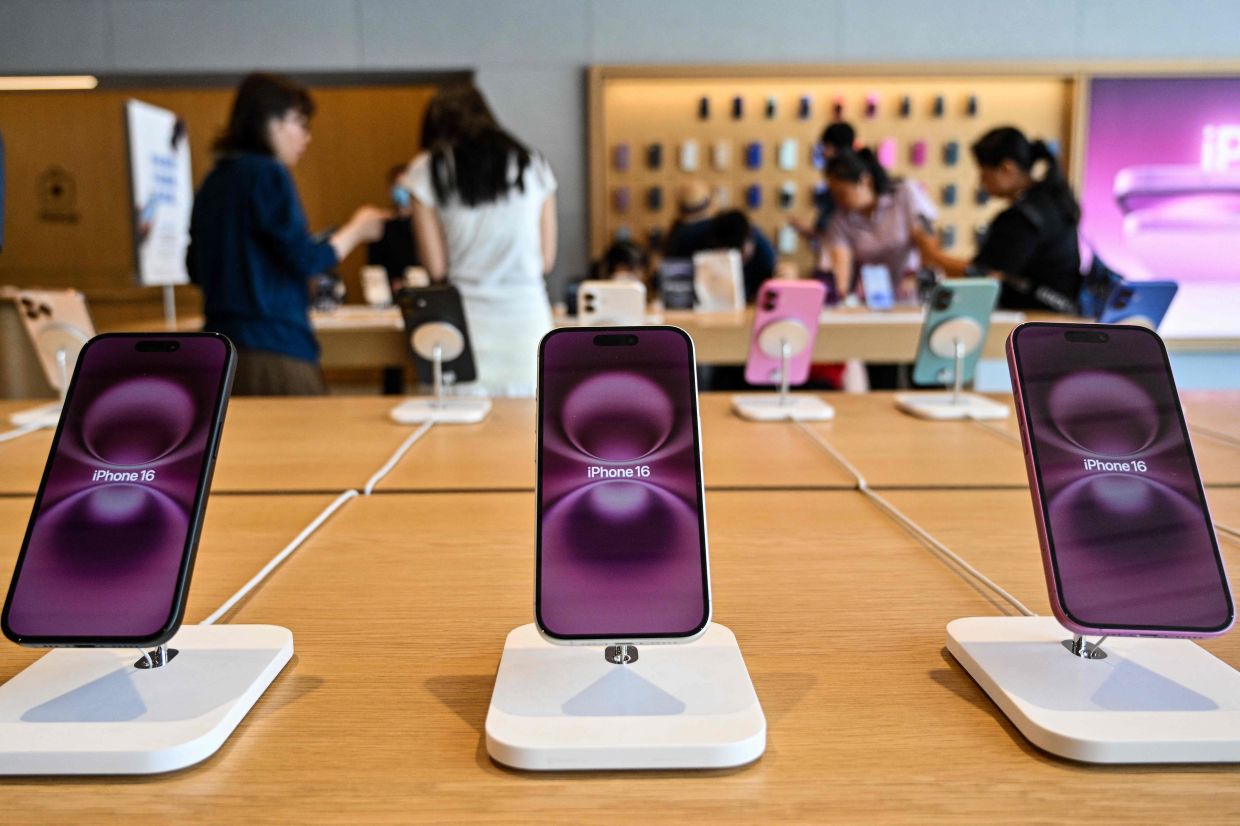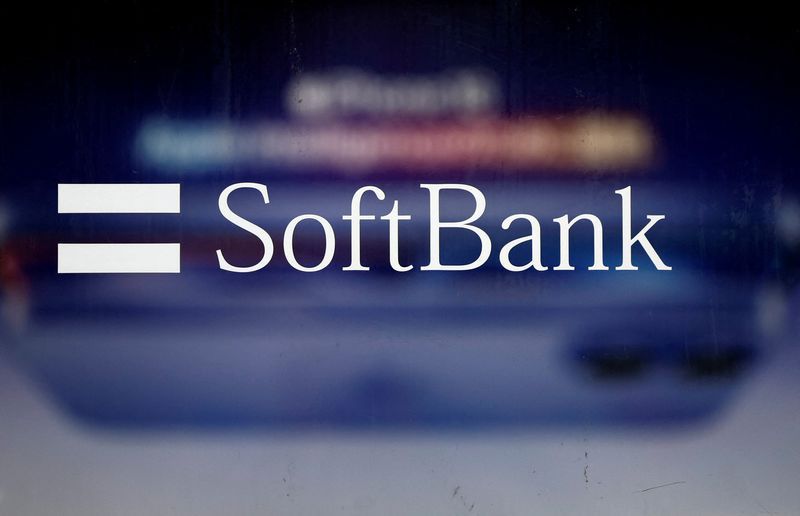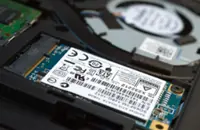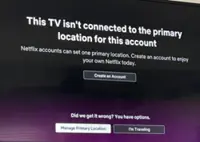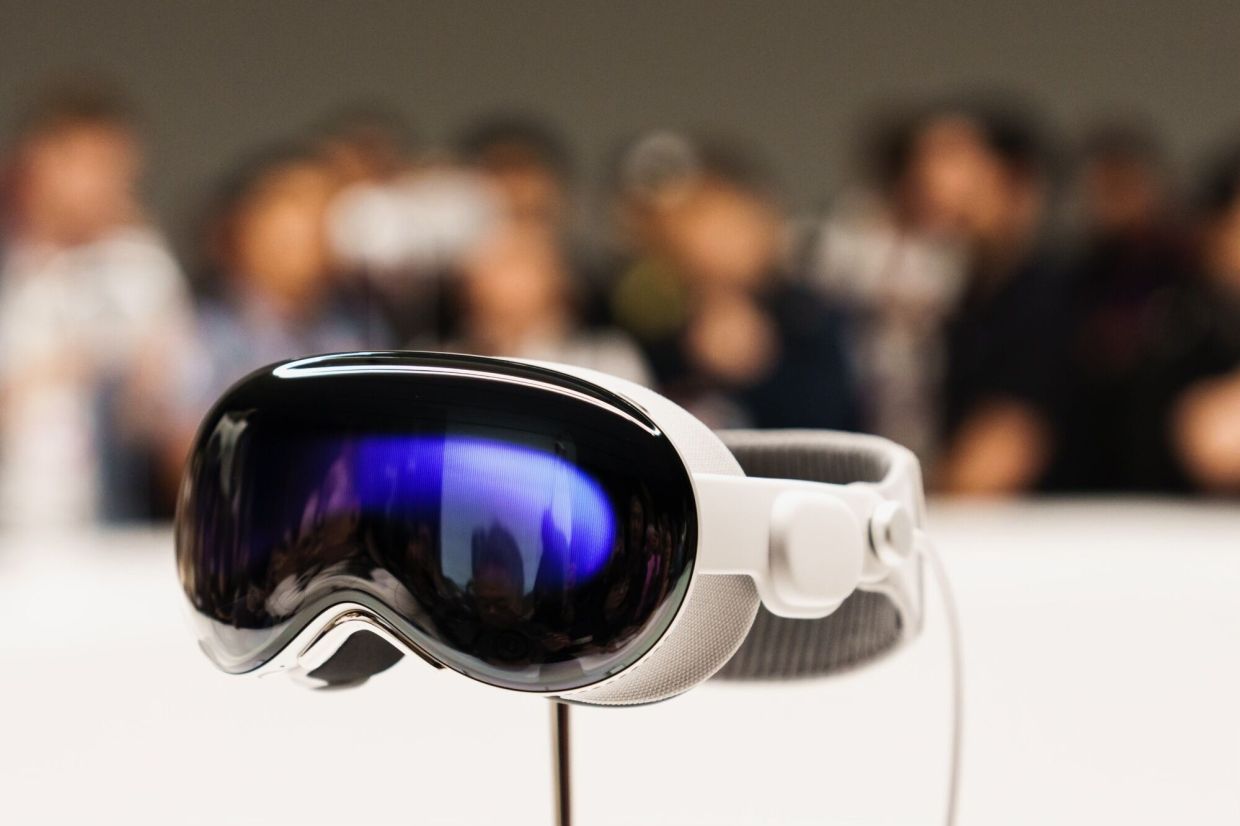
The Apple Vision Pro mixed reality (XR) headset during the Apple Worldwide Developers Conference at Apple Park campus in Cupertino, California, US, on Monday, June 5, 2023. Apple Inc will charge US$3,499 for its long-awaited mixed-reality headset, testing whether consumers are ready to spend big bucks on a technology that the company sees as the future of computing. — Bloomberg
Apple Inc will charge an eye-popping US$3,499 (RM16,016) for its long-awaited mixed-reality headset, testing whether consumers are ready to spend big bucks on a technology that the company sees as the future of computing.
The iPhone maker unveiled the new Vision Pro headset at its annual Worldwide Developers Conference on June 5, the culmination of more than seven years of development.
Already a subscriber? Log in
Subscribe now and stand a chance to win prizes worth over RM40,000! T&C applies.
Cancel anytime. Ad-free. Unlimited access with perks.





